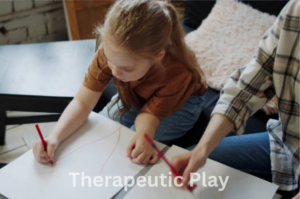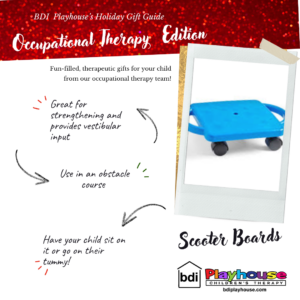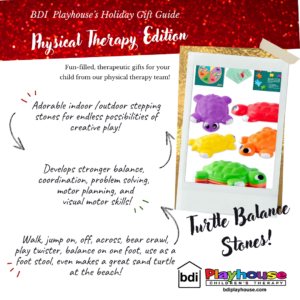Counseling Services for Children, Teens, and Families – Emotional, Behavioral & Parenting Support
At BDI, we support children and adolescents in exploring their thoughts, emotions, and behaviors to promote healthy coping strategies for life’s challenges. Much like physical health, mental well-being is essential for academic success, fostering healthy relationships, building self-confidence, and cultivating the ability to navigate life’s challenges. By prioritizing mental health early on, we can create a strong foundation for lifelong growth and development. Here’s an overview of some of the counseling services and therapeutic approaches we offer:
Individual counseling for children 3 and up, adolescents, and adults
Family Therapy
Family therapy offers a supportive space where families can improve communication, work through conflicts, and build stronger, healthier relationships. It supports families in navigating emotional or behavioral challenges, shifts in dynamics, or any situation causing stress or tension. Any combination of family members can be involved in our family counseling services, depending on what’s most helpful.

Cognitive Behavior Therapy (CBT)
Cognitive Behavioral Therapy (CBT) is an evidence-based approach that highlights the link between thoughts, emotions, behaviors, and physical sensations. By shifting unhelpful patterns, CBT helps individuals develop effective coping skills and improve overall well-being.

Acceptance and Commitment Therapy
Acceptance and Commitment Therapy (ACT) is a mindfulness-based form of cognitive behavioral therapy that focuses on enhancing psychological flexibility—the ability to respond effectively to life’s challenges. Instead of avoiding or fighting difficult thoughts and emotions, ACT helps people accept them and focus on taking meaningful actions that align with their values.

Humanistic Therapy
Humanistic therapy centers on personal growth and self-actualization, seeing each person as naturally capable of positive change in order to reach their full potential. It values empathy, non-judgmental support, and authentic connections between therapist and client. If you’re interested in building strengths, exploring past experiences, and having the freedom to discuss a range of topics, this approach may be a good fit for you.

Therapeutic Play
Children naturally express themselves through play. Therapeutic play builds on this by focusing on learning and development, with the therapist taking a more active role. It helps children explore emotions, process trauma, improve behavior, and strengthen self-esteem and confidence.

Attachment-Based Therapy
Attachment-based therapy helps clients build or rebuild strong, trusting connections. The focus is on understanding early attachment experiences and promoting secure, supportive relationships in the present.

At BDI, we recognize that each child and family is unique, which is why we offer a variety of counseling services therapeutic approaches tailored to individual needs and goals. Whether your child is navigating big emotions, family changes, or academic stress, our compassionate team is here to support their journey toward emotional well-being. If you’re ready to take the next step or want to learn more about how counseling can help, we’re here to help you get started. Call our office at (708) 478-1820 to learn more or schedule an evaluation.
Written By: Letitia Kowalski, LCSW, PEL






















